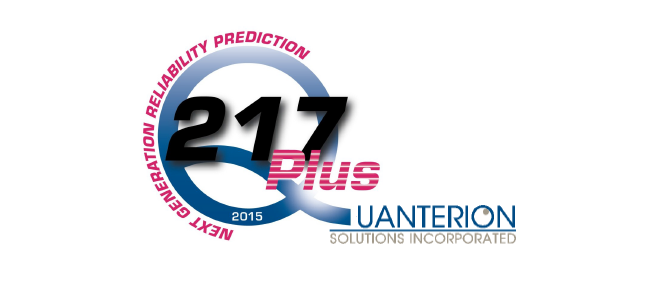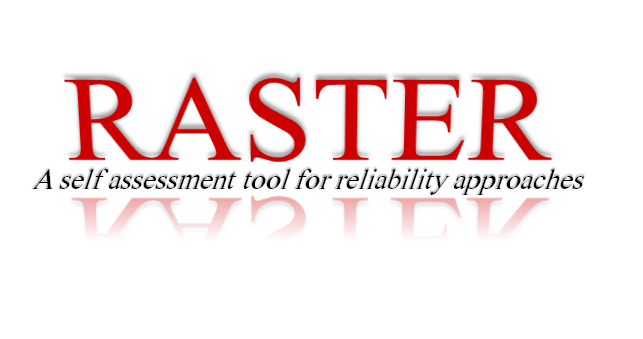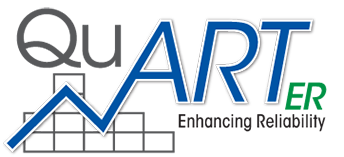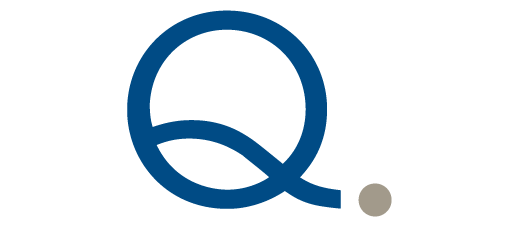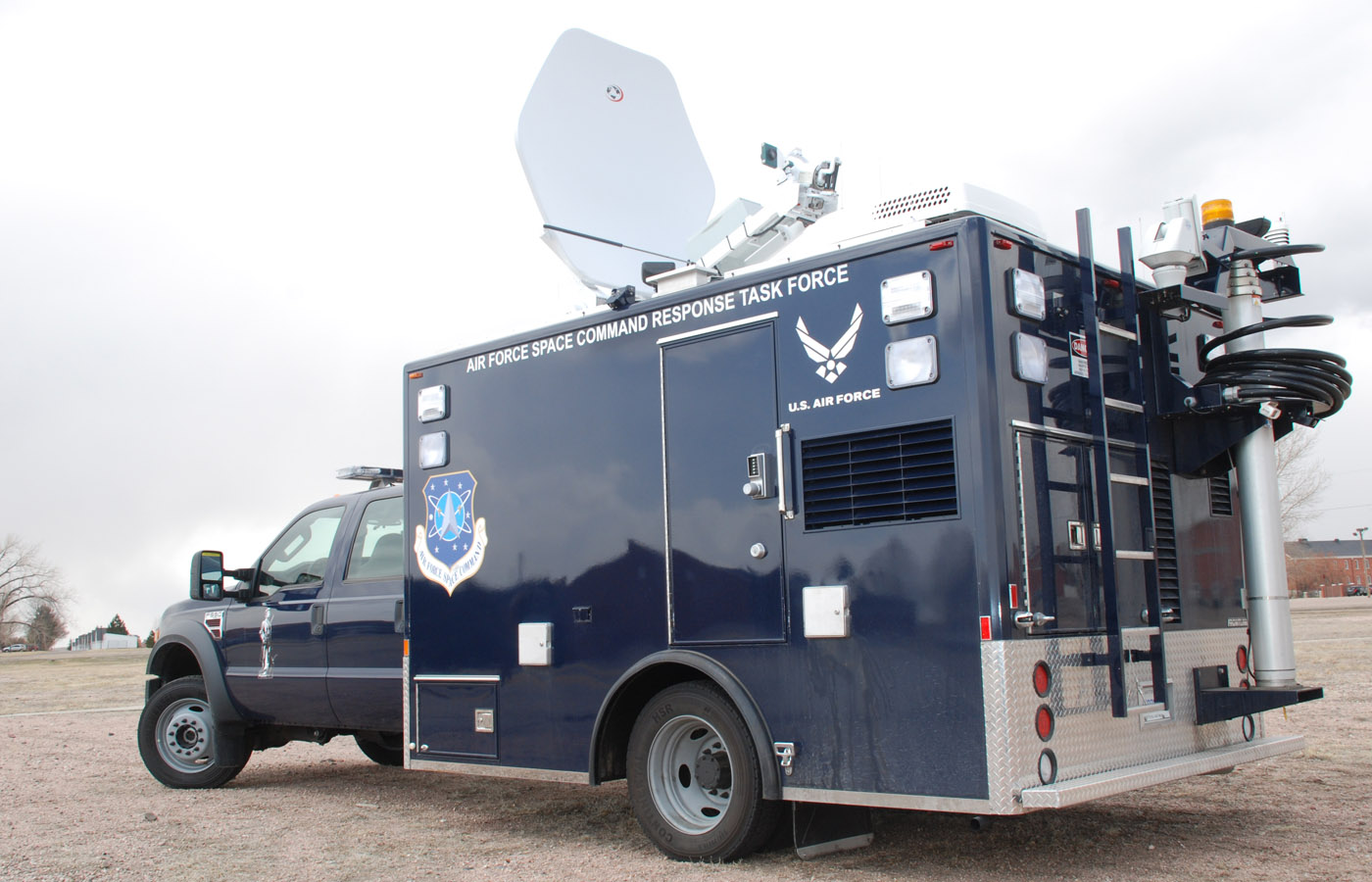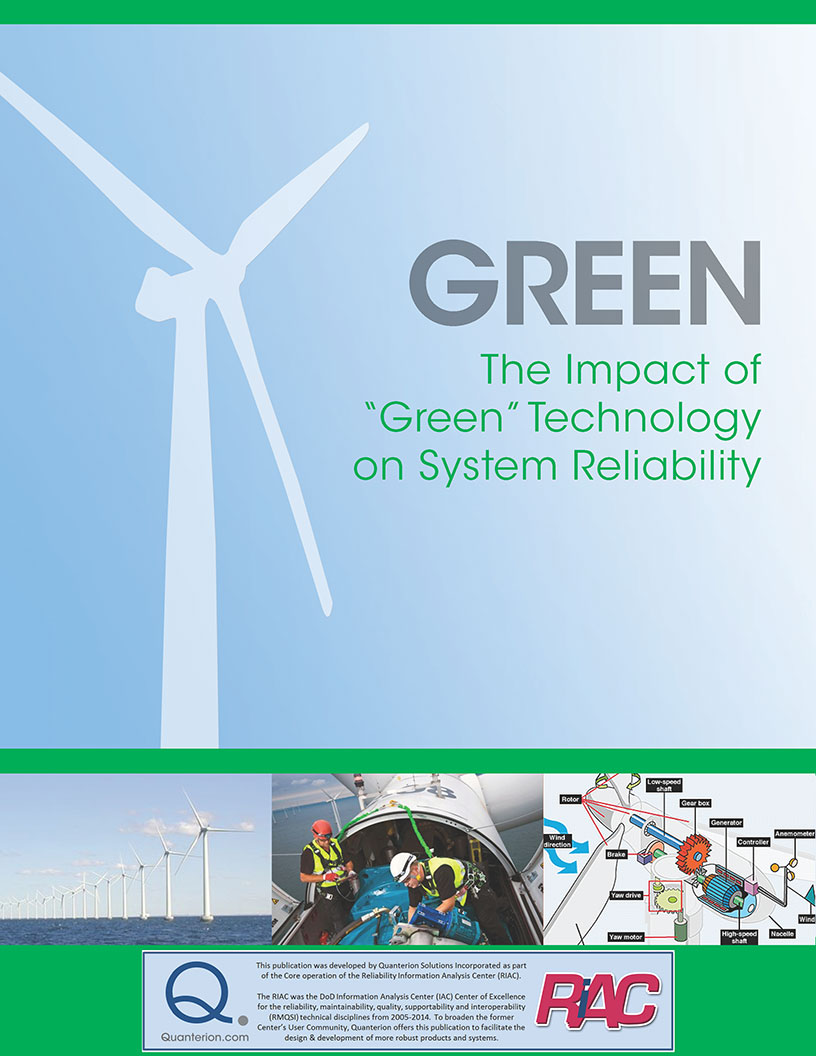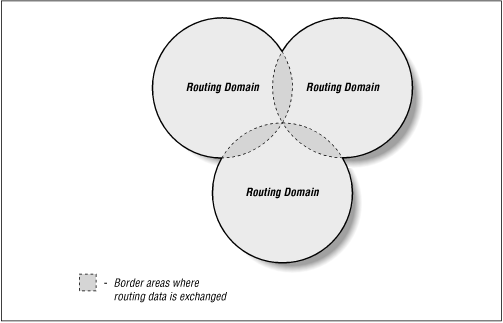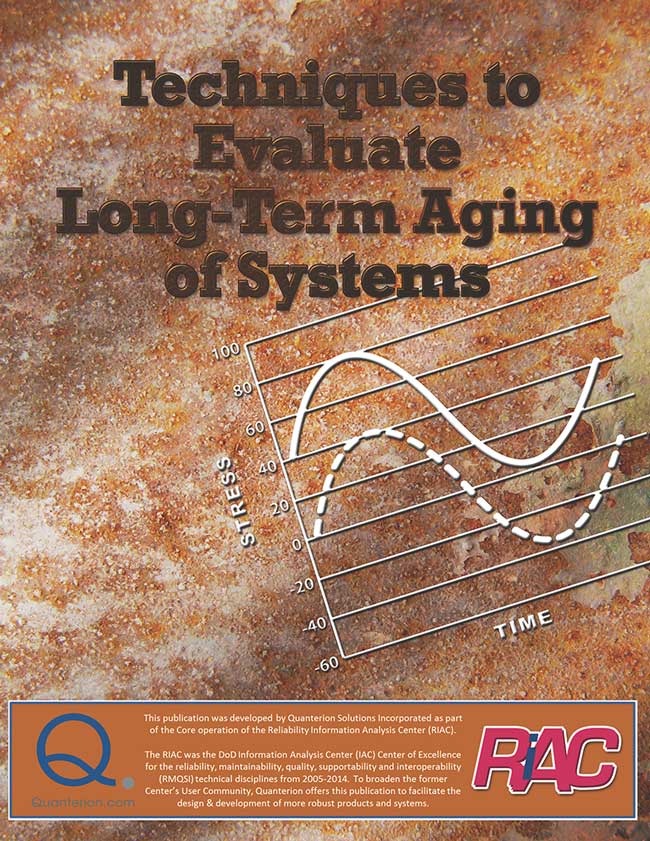- All
- Advanced Materials
- Alternative Energy Investigations
- Chemical, Biological & WMD Analysis
- Cyber Security & Information Assurance
- Homeland Defense & Critical Infrastructure Protection
- Knowledge Management & Information Sharing
- Reliability Maintainability & Quality
- Software Engineering
- Unmanned Aerial Systems
Autonomous Systems
Software Engineering, Unmanned Aerial Systems
Autonomous Systems is composed of ground, air, or sea-launched kinetic munitions that utilize on-board sensors, algorithms, and control methods to improve estimates on the target state, to understand the implications of the engagement situation/environment, or to develop engagement geometries that are otherwise unavailable to a conventional weapon.
Quanterion has teamed with AgentFly Technologies (AFT) of Prague, Czech Republic in supporting a natural extension of our current UAS experimentation work with Air Force Research Laboratory in Rome, NY and extending it to the… Read More
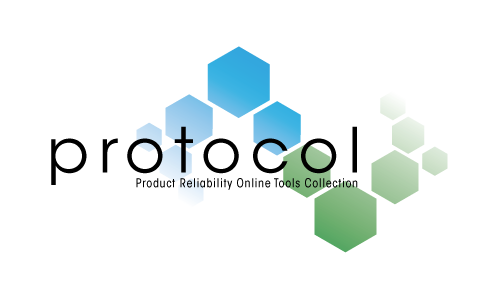
PROTOCOL
Knowledge Management & Information Sharing, Reliability Maintainability & Quality, Software Engineering
Product Reliability Online Tools Collection (PROTOCOL) is an online reliability knowledge base developed for the Aviation and Missile Research, Development and Engineering Center (AMRDEC) under the DoD’s Small Business Innovation Research (SBIR) program. It includes expert system features and advisers for decision-making, automated analysis tools, interactive tutorials and traditional knowledge content in the form of definitions, rules-of-thumb and lessons-learned.

Defense Threat Reduction IAC
Chemical, Biological & WMD Analysis, Homeland Defense & Critical Infrastructure Protection
Quanterion has operated the Defense Threat Reduction Information Analysis Center (DTRIAC) Basic Center of Operations (BCO), the DoD’s knowledge source for Chemical, Biological, Radiological, Nuclear and Explosive (CBRNE) defense and Weapons of Mass Destruction (WMD) management. In addition to the core activities related to the collection, analysis and dissemination of topic-relevant Scientific and Technical Information (STI), the DTRIAC also performed specialized studies and analytical activities for various government agencies on all Combating-WMD (CWMD) topics. Quanterion has employed several CBRNE and… Read More
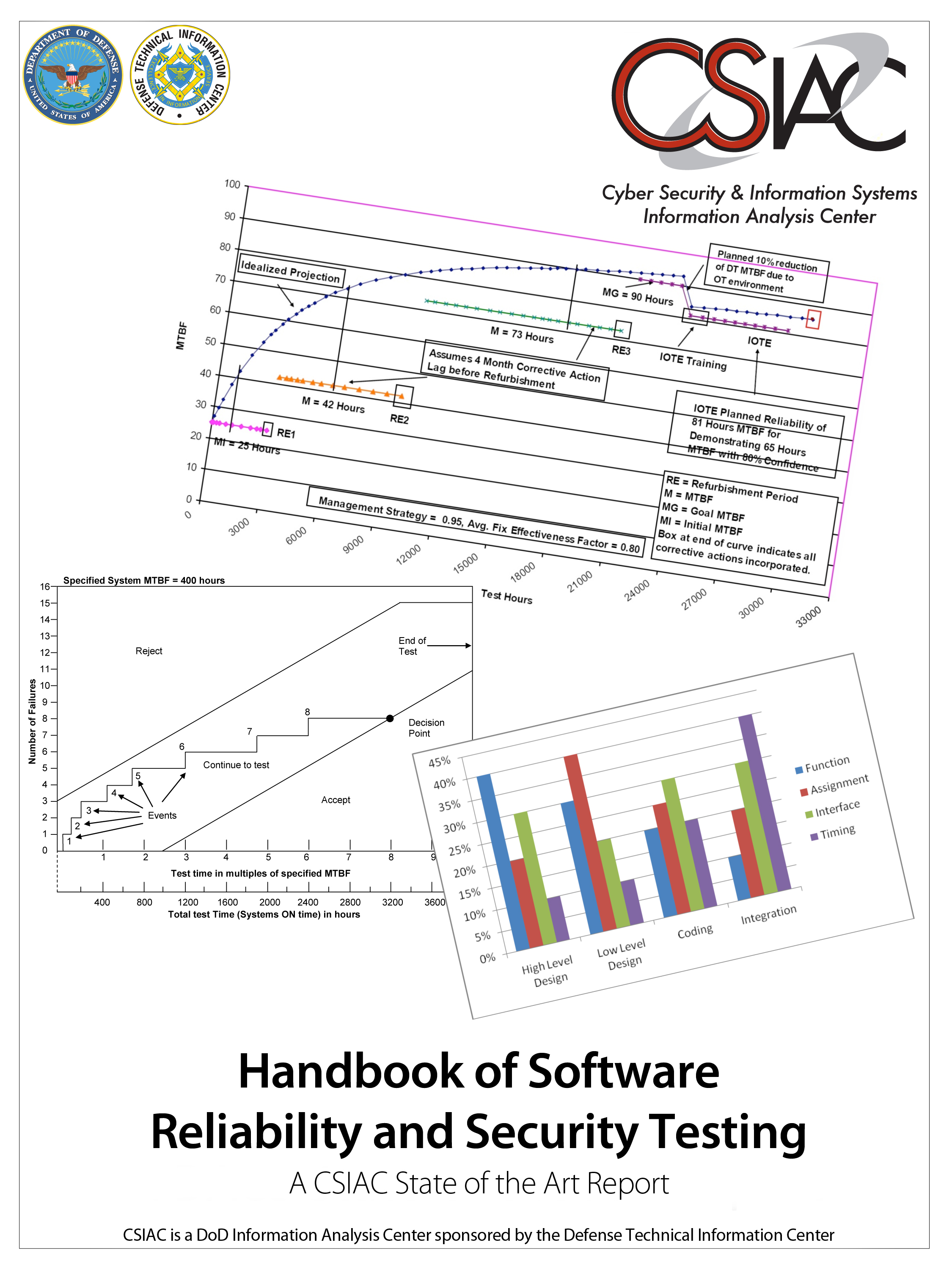
Handbook of Software Reliability & Security Testing
Cyber Security & Information Assurance, Reliability Maintainability & Quality, Software Engineering
Quanterion developed and published the “Handbook of Software Reliability and Security Testing”, a comprehensive manual developed for the DoD’s Cyber Security and Information Systems Information Analysis Center (CSIAC).
The increasing complexity of modern systems, and systems-of-systems, is such that reliability considerations must extend beyond hardware, and include both software and human-machine interactions. This book specifically addresses software reliability and security, in terms of the reliability necessary to achieve the mission, the factors that influence the required reliability (e.g., customer expectations) and… Read More
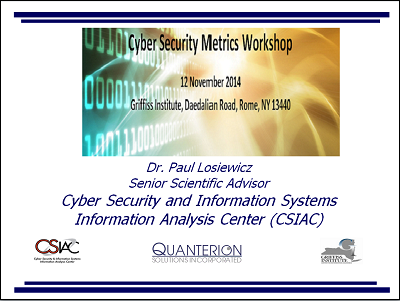
Cyber Security Metrics Workshop
Cyber Security & Information Assurance, Knowledge Management & Information Sharing
Quanterion hosted a Cyber Security Metrics Workshop as part of its operation of the Cyber Security and Information Systems IAC (CSIAC). The one-day workshop reviewed current trends in policy, tools and techniques of interest to managers and Cyber Security professionals useful in measuring one’s cyber security vulnerability. It also provided an overview of the current state of understanding of what is presently available and will focus on what research needs to be done to develop robust and easy to use… Read More
217Plus™:2015
Reliability Maintainability & Quality
Quanterion recently completed the development of 217Plus™:2015, “Handbook of Reliability Prediction Models”, the successor to the popular 217Plus™ handbook that was also developed by Quanterion under the former Reliability Information Analysis Center. The new handbook now includes photonics as well as a number of new and updated prediction models.
Quanterion has also developed the accompanying 217Plus™:2015 spreadsheet calculator that features several capability enhancements in addition to the new/updated models from the 217Plus™:2015 Handbook. The following links provide more information on the 217Plus™:2015… Read More
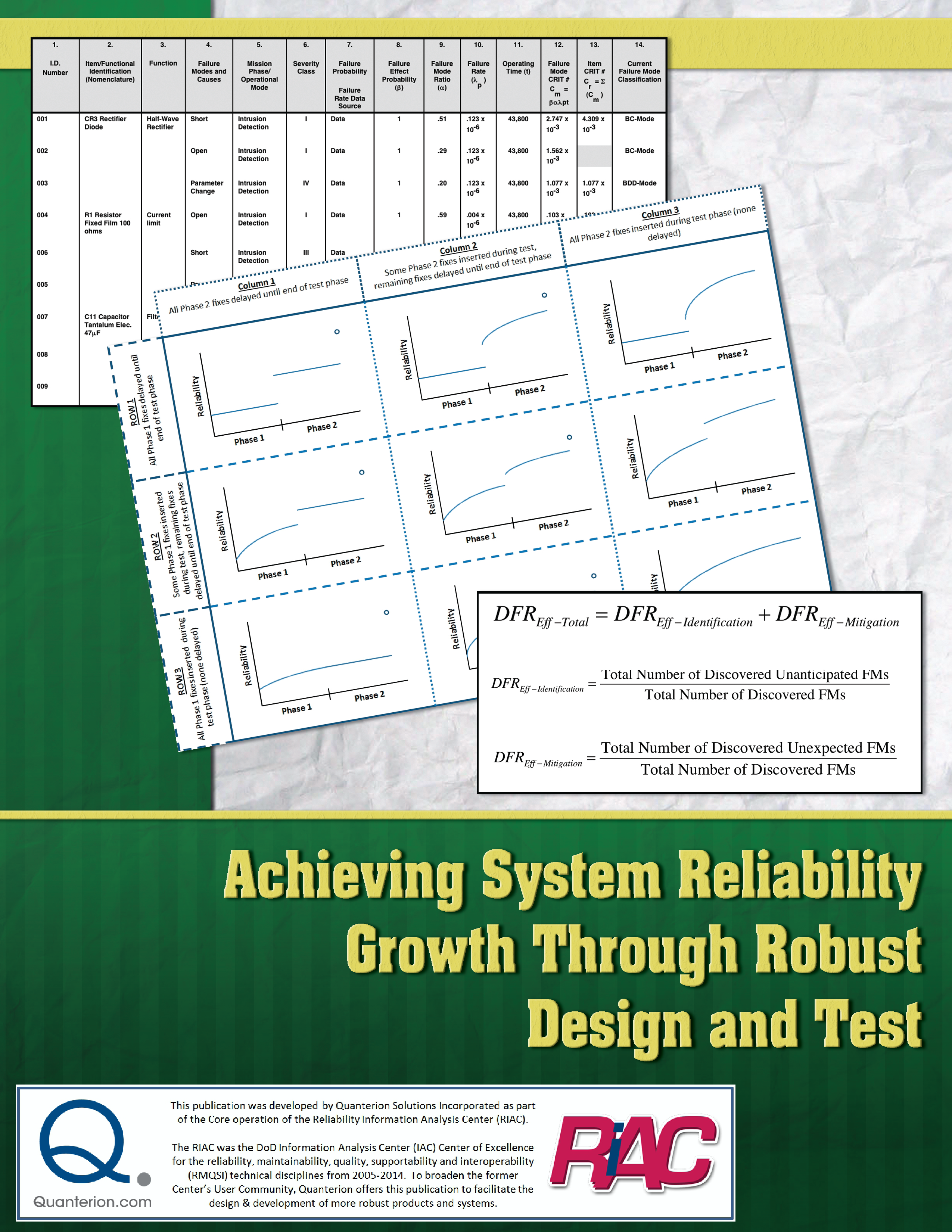
Reliability Growth Handbook & Training Course
Reliability Maintainability & Quality
Quanterion’s staff leveraged their experience from a number of past efforts to develop a new handbook entitled “Achieving System Reliability Through Robust Design and Test” for the former Reliability Information Analysis Center (RIAC). This handbook provides a comprehensive discussion of reliability growth techniques, not only identifying traditional testing-based approaches but activities and opportunities to improve the reliability of a system during earlier design stages. The content of this book has also been used to develop a Reliability Growth Training Course,… Read More
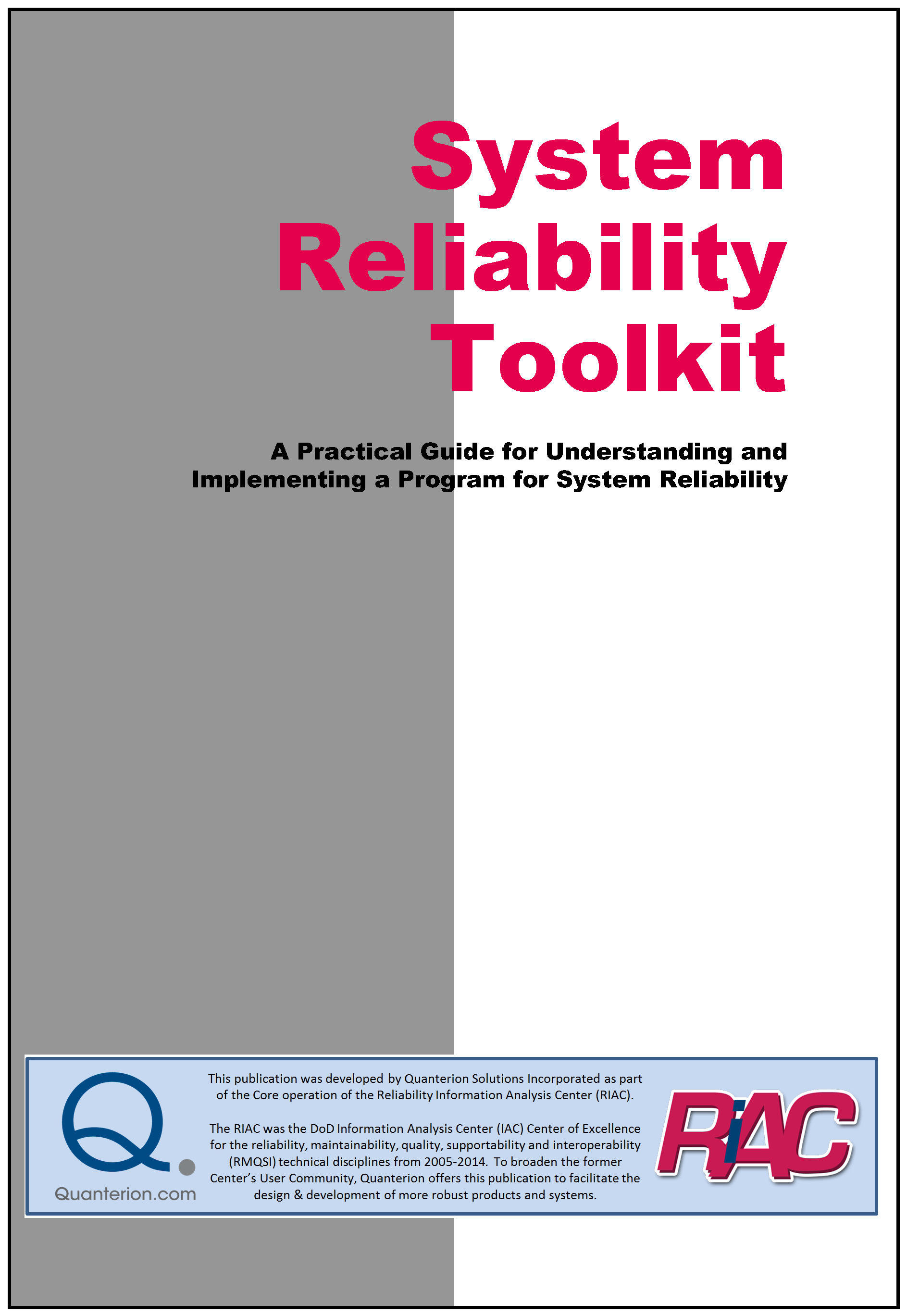
System Reliability Toolkit
Reliability Maintainability & Quality, Software Engineering
Under the former Reliability Information Analysis Center (RIAC), Quanterion’s staff collaborated with the Data and Analysis Center for Software (DACS) (another DTIC-sponsored IAC) to develop the System Reliability Toolkit, an update to the successful Reliability “Toolkit” series. The previous toolkit publications predominantly had a hardware-based focus, while DoD systems had become increasingly software-intensive. The System Reliability Toolkit provides technical guidance in all aspects of system reliability, addressing both software reliability and human factors to better reflect the changing requirements of… Read More
RASTER
Reliability Maintainability & Quality
Over the years, Quanterion’s engineers have often been tasked to perform independent reviews (or audits) on all types of companies’ reliability approaches, and to provide advice on how they can do a better job. Based on this experience and other benchmarking efforts, we’ve developed “RASTER (Reliability Approach Self-assessment Tool including Enhancement Recommendations)” as a FREE tool for organizations to perform quick self-assessments of their approaches to reliability.
The RASTER tool asks a series of simple multiple choice questions in six areas… Read More
SWMR
Cyber Security & Information Assurance, Software Engineering
The Software Model Repository, an online database of software models, was initially developed by Quanterion during the operation of the DoD’s Data and Analysis Center for Software (DACS) and was transitioned to the Cyber Security and Information Systems Information Analysis Center (CSIAC). The objective of the SWMR effort is to collect, analyze and verify the existence and characteristics of software models for estimation, behavior, data, and object modeling to provide a centralized web-based repository that is accessible to researchers and… Read More
WARP
Reliability Maintainability & Quality
Under the former Reliability Information Analysis Center (RIAC) contract, Quanterion performed an effort to design, develop and populate an online database of Physics of Failure (PoF) models known as the Web Accessible Repository of Physics-based Models (WARP). Physics-based models are revered because of the fact that they model the life-limiting failure mechanisms of a part or system, accounting for the various operating conditions (e.g., temperature, voltage, load cycling, etc.) that either accelerate or decelerate failures. However, as these models are… Read More
QuART
Reliability Maintainability & Quality
The Quanterion Automated Reliability Toolkit (QuART) software series is an automated adaptation of the highly popular “Reliability Toolkit” series of RMQ engineering aids originated in 1988 by Quanterion personnel while working at the Rome Laboratory (formerly Rome Air Development Center). QuART ER (Enhancing Reliability) is the fourth generation in the series, adding more than 15 new tools to the tool set, while updating several others. QuART ER also includes the “Ask a Quanterion Expert” function that allows users to direct their… Read More
Reliability Analyses Activities
Reliability Maintainability & Quality
Over the years, Quanterion has performed numerous reliability analyses through a variety of government-funded contracts and commercial consulting efforts. Examples include common analysis techniques, like the Failure Mode Effects and Criticality Analysis (FMECA) and/or the Fault Tree Analysis (FTA), which Quanterion has been hired to perform on unmanned aerial vehicles (UAVs), weapons systems, subsystems of a regional jet aircraft, and a long list of other components and systems. We have also developed customized FMECA software tools, informational publications and provided… Read More
DoD Technical Centers of Excellence
Knowledge Management & Information Sharing
Quanterion has operated several DoD Information Analysis Centers (IACs) including the Cyber Security and Information Systems IAC (CSIAC), the Homeland Defense and Security Information Analysis Center (HDIAC) and the Defense Threat Reduction IAC (DTRIAC), and served as the Technical Focal Point for the RMQ and Materials/Manufacturing/Testing disciplines for the Defense Systems IAC (DSIAC). These DoD centers of excellence in their respective technologies are chartered with the collection, analysis, synthesis and dissemination of scientific and technical information (STI) in subjects important… Read More
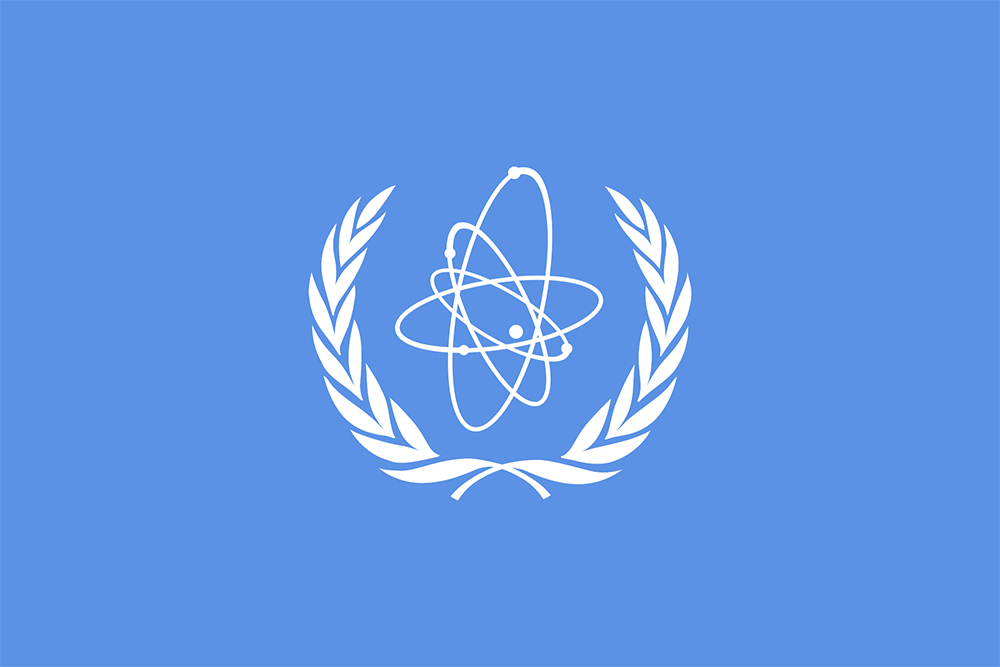
WMD Monitoring Equipment
Chemical, Biological & WMD Analysis, Homeland Defense & Critical Infrastructure Protection
Under an Engineering and Management support contract to the Brookhaven National Laboratory, Quanterion performed an independent assessment of the equipment maintenance management system (EMIS) used by the International Atomic Energy Agency (IAEA) for monitoring equipment used in controlling WMD-related stockpiles. Activities also included the development of guidelines for developing reliable/maintainable IAEA monitoring equipment.

Integrated Information Management System (IIMS)
Chemical, Biological & WMD Analysis, Homeland Defense & Critical Infrastructure Protection
Quanterion has been supporting the AFRL on IIMS since 2006. It is the third generation of a command and control (C2) and chem/bio detector network that aids users at a site in the preparation for, operation during, and recovery from, a Chemical, Biological, Radiological and Nuclear (CBRN) or conventional attack or incident. The IIMS enhances situational awareness of personnel by recording, distributing, analyzing and visually displaying information of interest to the warfighter.
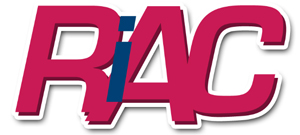
Reliability Information Analysis Center (RIAC)
Homeland Defense & Critical Infrastructure Protection, Knowledge Management & Information Sharing
Quanterion performed the day-to-day core operations of the former Reliability Information Analysis Center (RIAC), the DoD’s Center of Excellence in Reliability/Maintainability and Quality. Although chartered by the DoD, its activities, tools, models and databases are widely used across other homeland defense related industries. The Center’s design/analysis guides and failure-related models and databases are standard practices for all types of critical homeland defense equipment and systems. The RIAC staff supported U.S. Department of Defense (DoD) and other government agencies in developing… Read More
Critical Infrastructure
Homeland Defense & Critical Infrastructure Protection
Under this initiative, Quanterion, as part of its operation of the Reliability Information Analysis Center (RIAC) collected system, equipment, and assembly data and information on items of interest to homeland security, and the nation’s critical infrastructure in general. It also developed a compendium of organizations within the government dealing with the diverse issues associated with Homeland Defense. Terrorist activities and recent national disasters have emphasized the need for this type of data in planning for, and reacting to, emergency situations.… Read More
Emergency Response Vehicles
Homeland Defense & Critical Infrastructure Protection
Quanterion performed a study for the Warner Robins Air Logistics Center (WRALC) to assess the availability, maintenance strategy and failure trends of emergency response vehicles used on a range of Air Force bases. Along with the study, a Weibull analysis set of tools for software was developed to enable its staff to continue the analyses internally on a regular basis.
GREEN: The Impact of “Green” Technology on System Reliability
Alternative Energy Investigations
Quanterion conducted a multi-year study of alternative energies under a task on its day-to-day operation of the Reliability Information Analysis Center (RIAC) Basic Center of Operations (BCO). This project focused on the reliability implications of “going green” because in order to be an effective alternative energy source, the candidate technology must be operationally available (combination of reliability and maintainability). Because the designs of the candidates are in many cases unproven, the study provided necessary information to enable the user to… Read More
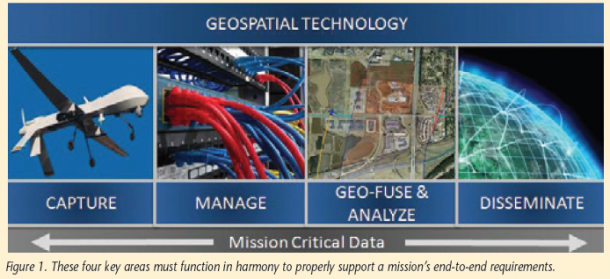
Advanced Geospatial Intelligence & Full Motion Video Exploitation
Cyber Security & Information Assurance
Quanterion is supporting AFRL in identifying new technologies, directing technical applications, performing demonstrations, conducting studies, analyzing and performing quick reaction demonstrations of concepts to determine the most effective and efficient method to exploit Measurement and Signature Intelligence (MASINT), Image Intelligence (IMINT), and Signals Intelligence (SIGINT) sources and methods. Quanterion is providing technology solutions and methods for collection management, exploitation of processed and stored data, dynamic cueing, situational awareness and assessment, and net-enabled approaches for interoperability to support operations.
Trusted Protocol Routing Architecture
Cyber Security & Information Assurance
This effort supports the overall AFRL trusted protocol program by developing the architectural view more completely, even as some of the subtasks are executing in the research and development domain, and to compare and provide analysis on the evolution of the architecture through the beginning of the implementation phase. The objective of the effort under this task is to formulate an appropriate architecture sequence suitable for the spiral development of secure routing capability, while analyzing appropriate components of the current… Read More
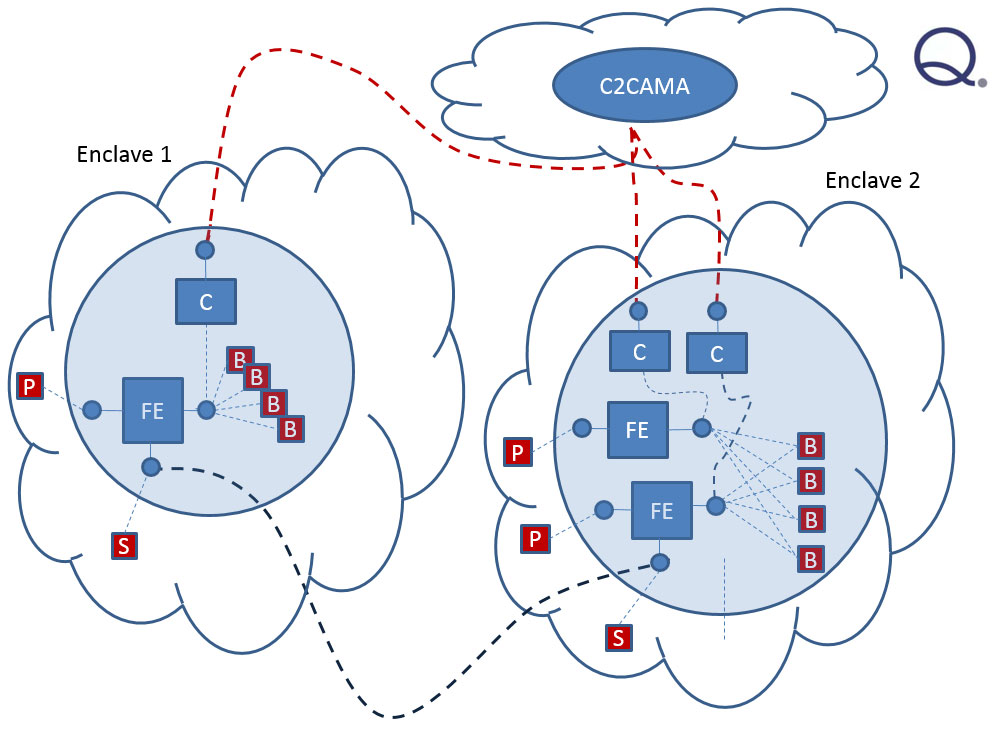
Secure Routing Architecture Analysis
Cyber Security & Information Assurance, Homeland Defense & Critical Infrastructure Protection
This effort supported Air Force Research Laboratory (AFRL) to design, architect and build a secure trusted router overlay for military networks based on the realization that many of the infrastructure components that the military depends on for movement of data between military enclaves are commercial end items that may not be configured or manufactured to meet the full qualifications of military mission objectives. Threats to unencumbered movement and assured delivery are the normal physical shortfalls, such as interrupted flow due… Read More
Modeling and Simulation of Atmospheric Corrosion
Advanced Materials
Under this effort, Quanterion is developing an entirely new methodology to predict corrosion rates by considering the interaction of a metal surface with widely variable conditions including temperature, humidity, and pollutants including atmospheric chlorides, sulfides, and ozone.
Techniques to Evaluate Long-Term Aging of Systems (LAST)
Advanced Materials
Under this effort, a handbook was developed that focuses entirely on the effect that aging materials have upon the durability and reliability of structures and other mechanical components. This effort specifically examined all major classes of materials and data was collected and synthesized that describe the impacts that time and environment have upon their performance.
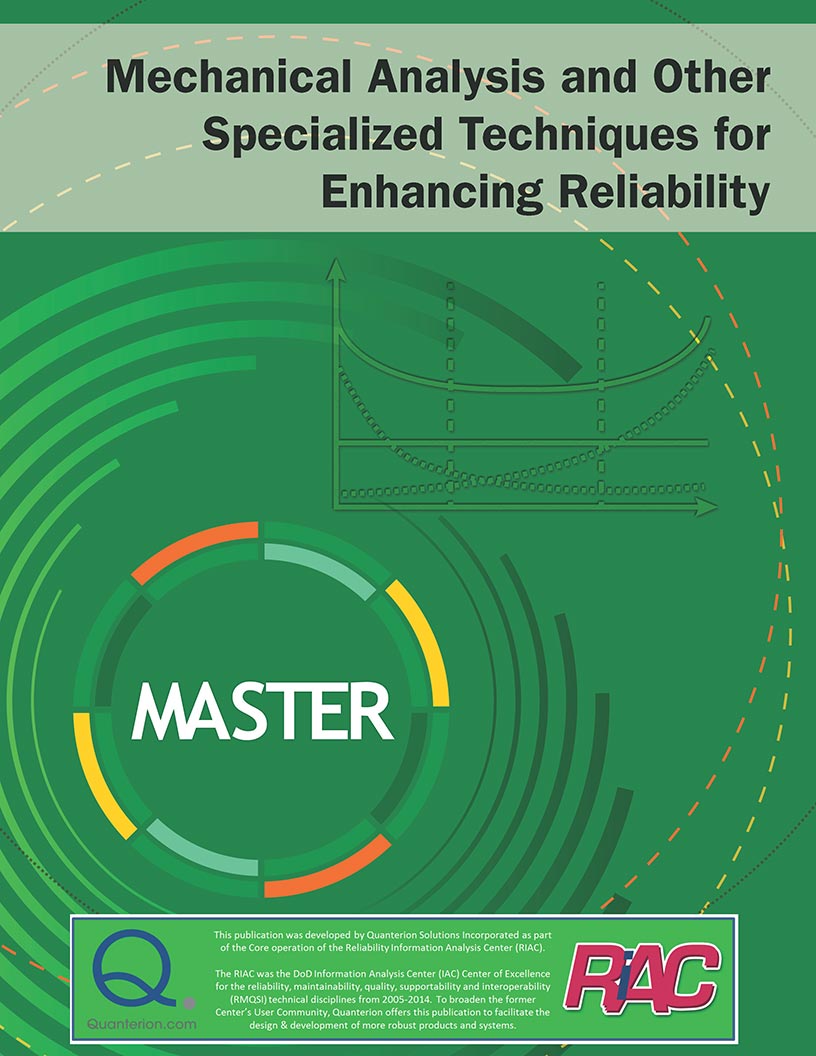
Mechanical Analysis and Other Specialized Techniques to Enhance Reliability (MASTER) Publication
Advanced Materials
In this project, Quanterion authored a mechanical reliability handbook stressing the proper application of materials by identifying critical failure mechanisms and analyzing their impact through a variety of empirical and physics of failure models. The net effect is a handbook that functions as a roadmap to guide both new engineers and experienced reliability professionals through the entire spectrum of analytical methodologies and supporting testing programs so that highly durable and reliable products are delivered to customers.
New Approach to Corrosion Design Study
Advanced Materials
In this effort, Quanterion conducted an assessment to determine whether any analytical methodologies developed and employed by the reliability engineering community could be employed to develop a new paradigm in corrosion prediction. The assessment started by reviewing existing prediction methodologies and by evaluating potential ways to improve predictions by considering atmospheric severity. The effort culminated at the annual Reliability and Maintainability Symposium (RAMS), where a paper was presented and a panel discussion was sponsored and supported to discuss approaches for… Read More



